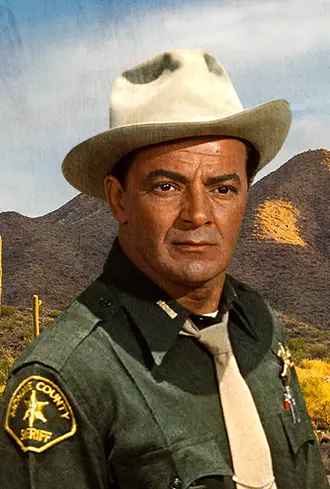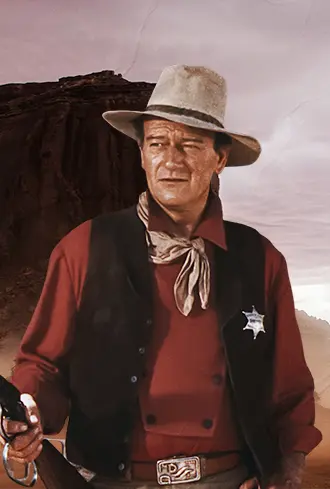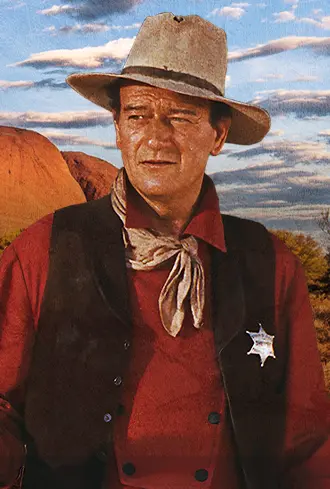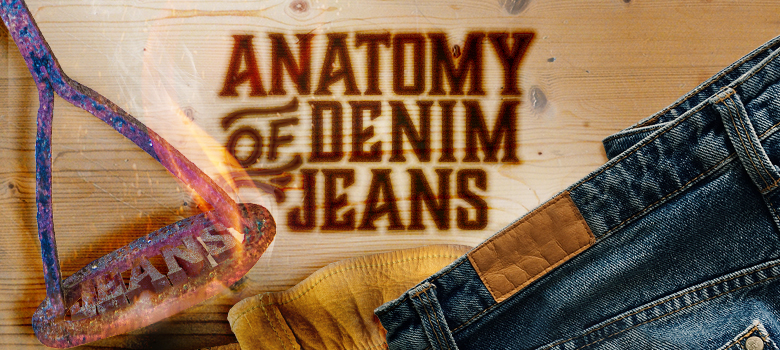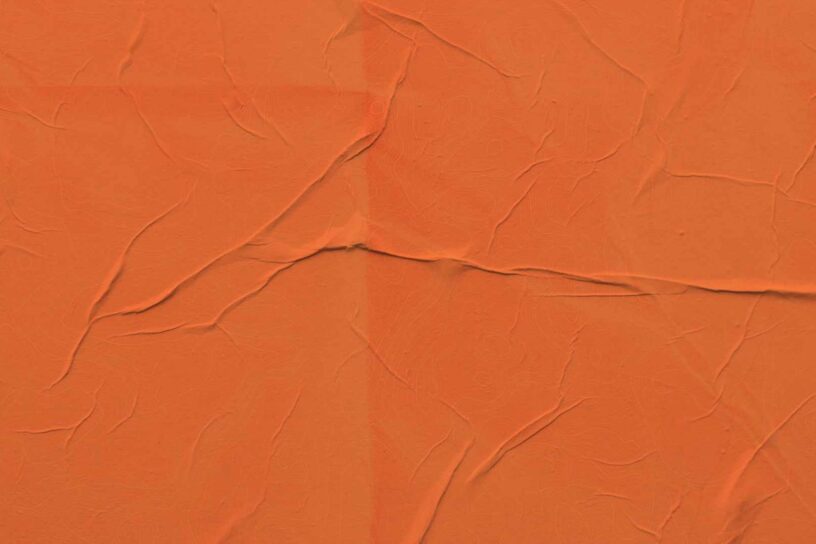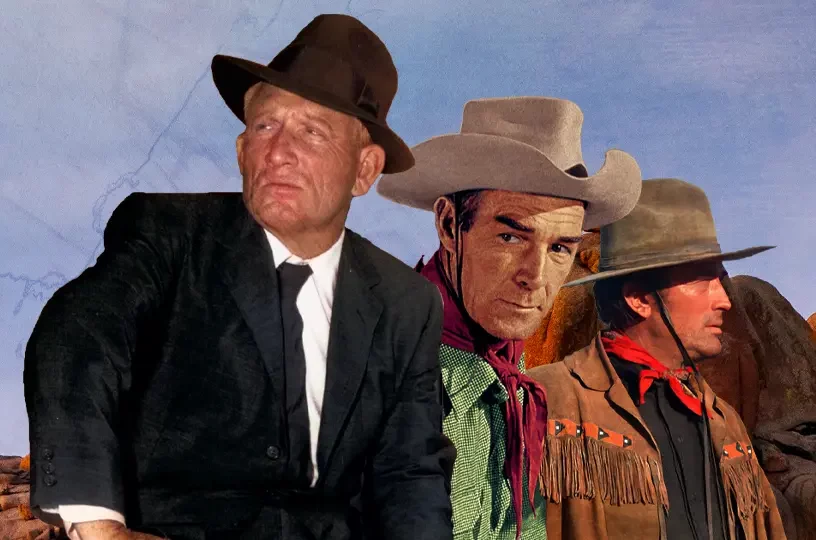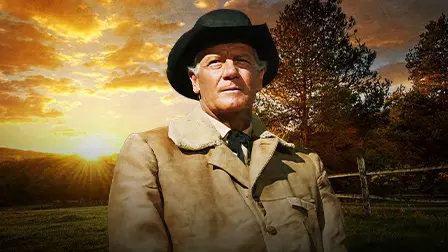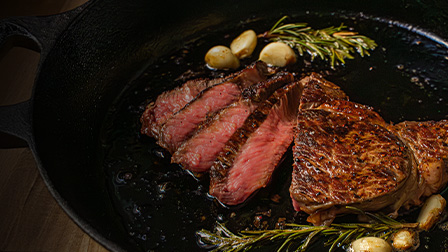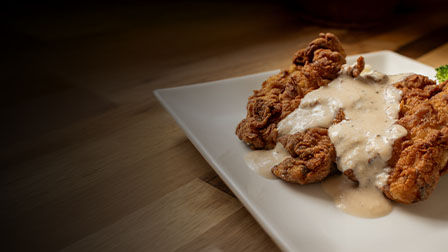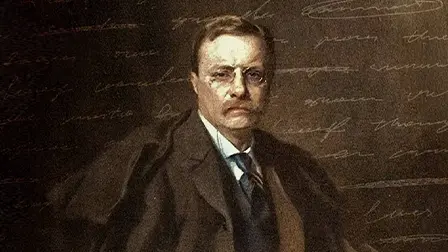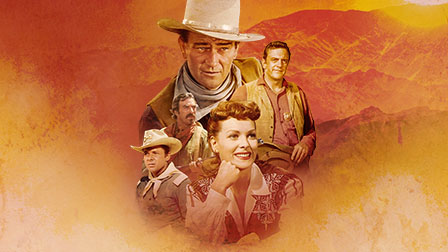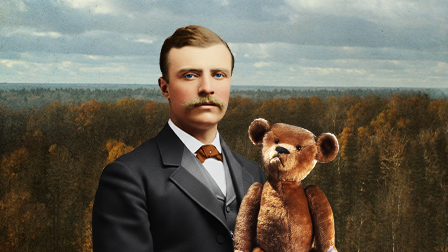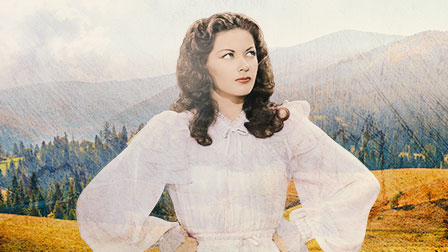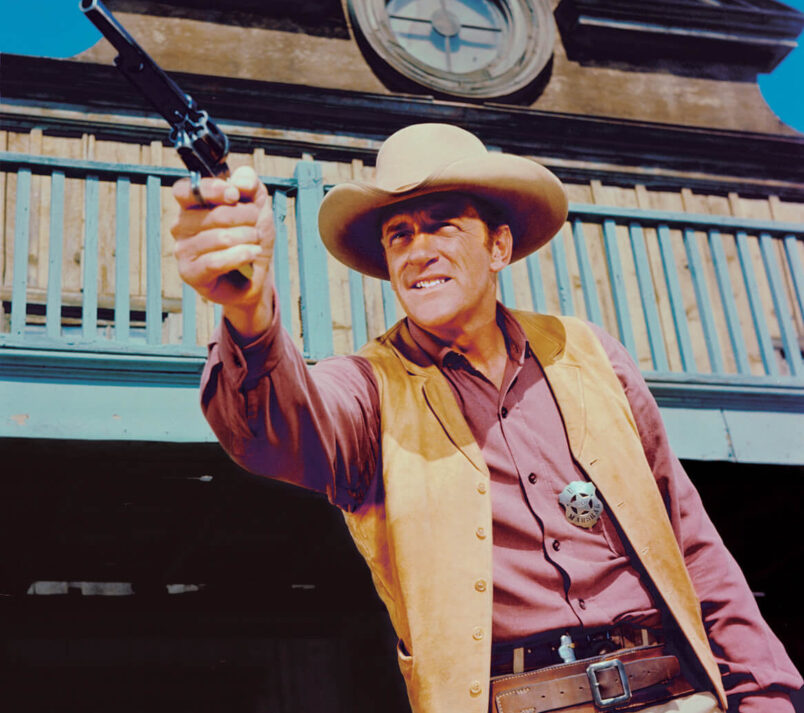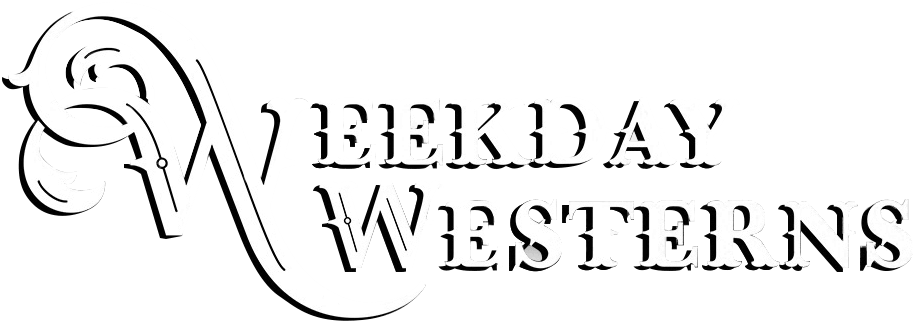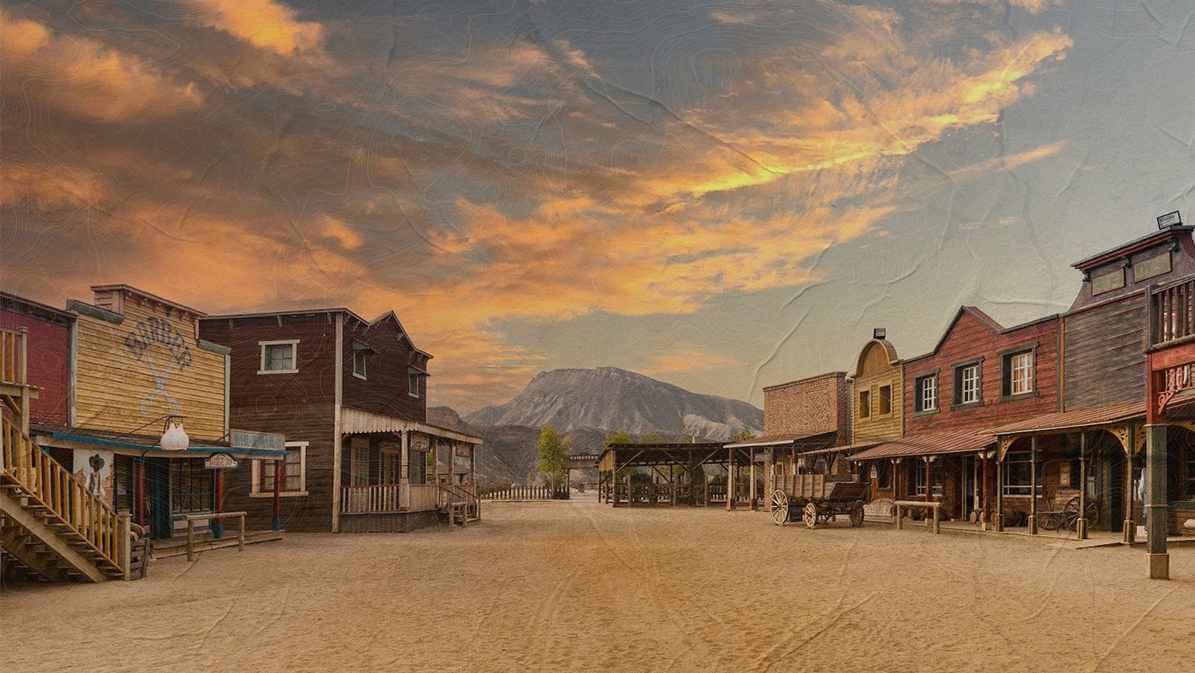What started as durable apparel for the working man, has now transformed into a contemporary fashion staple in America and beyond. The birth of modern jeans began with a familiar name that still reigns supreme in the industry today—Levi Strauss. In 1871, he, along with Jacob Davis, a tailor, patented the riveted trousers to solve the wear and tear issue miners had with their work pants. These inventive denim waist overalls could survive the harshest of conditions, and would soon become the universal pant that we know and love. But, what is it that makes the tried and true blues able to weather every storm and keep their place in the ever-evolving fashion trend cycle? To uncover the answers, it will take a bit of deconstructing.
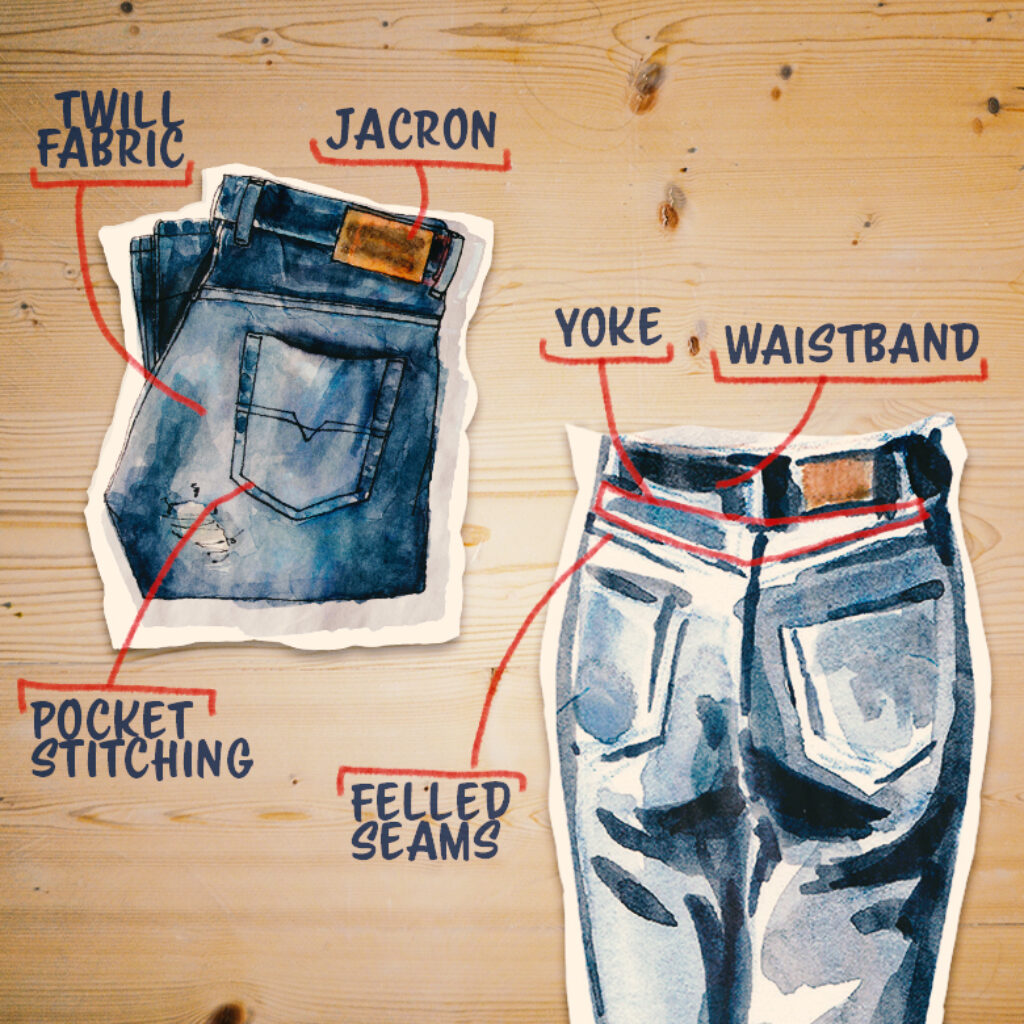
Belt Loops:
Strips of fabric that hold a belt into place. Belt loops extend vertically along the waistband. Bar tack stitches secure them into place.
Felled Seams:
A durable seam construction that folds one fabric into another. Two rows of topstitching secure the fold and run parallel to one another. The result creates a clean seam with no raw edges.
Jacron:
A rectangle patch found on the back right side of the waistband. Jacrons originated to distinguish a brand from its competitors and keep knockoffs of big-brand-name jeans from passing for the real thing.
J-stitch:
The j-shaped stitch along the crotch seam that hides the zipper and creates a more flattering fit.
Pocket Stitching:
Decorative topstitching commonly in a contrasting color and ornate design. Notable brands often stick with the same stitching as another way to gain brand recognition.
Rise:
The length between the waistband and the crotch. For both men and women, rises vary between low, mid, and high. Low-rise sits at the hips, mid-rise falls between the hips and the belly button, and high-rise hits at or above the belly button.
Rivets:
Small metal pins placed on areas of pants that are susceptible to tears.
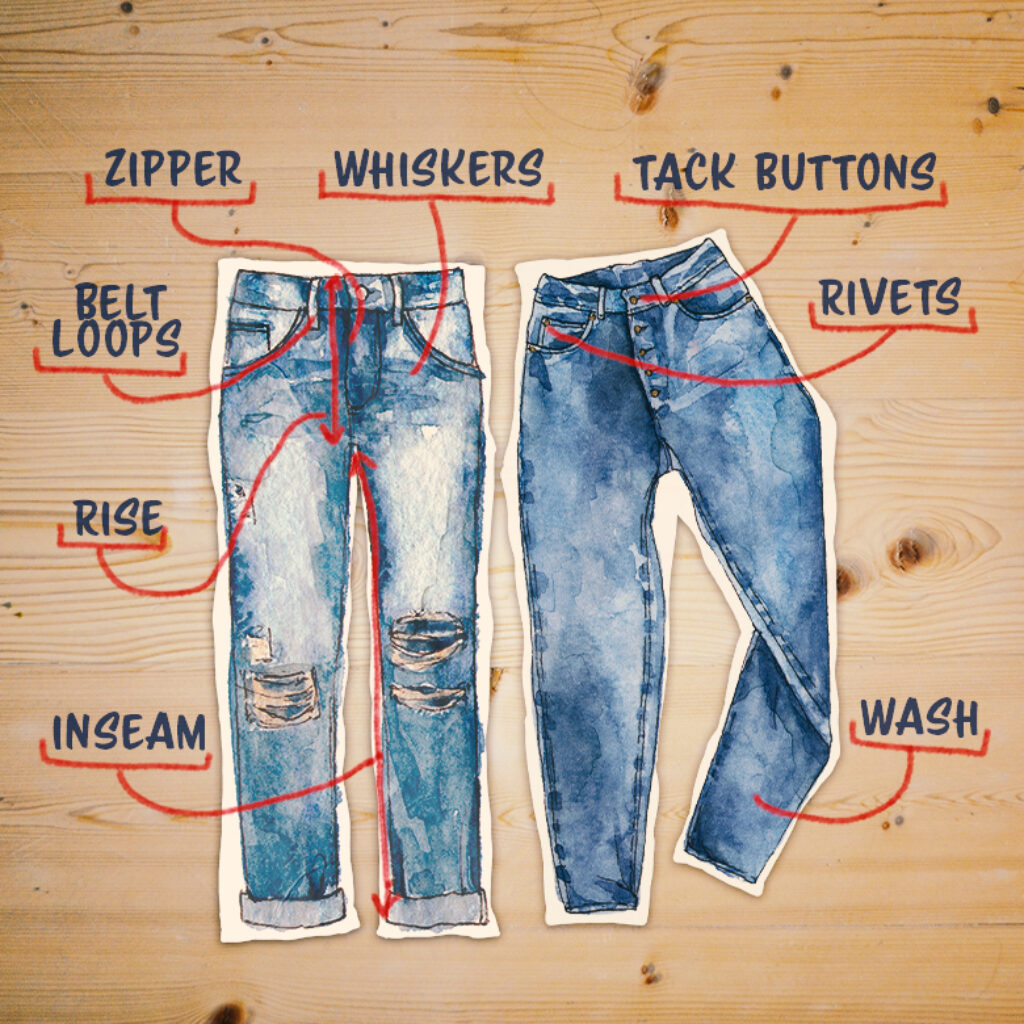
Tack Buttons:
A raised metal button that attaches to a back fastener to secure it into place.
Topstitch:
Stitching visible on the outside of the jeans, usually in a contrasting color. Serves both functional and decorative purposes.
Twill Fabric:
A durable weaving technique that creates a consistent diagonal pattern and texture to the fabric.
Waistband:
Stripes of fabric with interfacing between them that wraps around the top of the jeans. The added interfacing reenforces the waistband’s durability and keeps pants from rolling down. Location of the top button and button hole.
Wash:
The amount of distressing a fabric has undergone to add texture, sporadic color patterns, and soften it to the touch.
Whiskers:
Fading technique that creates faded horizontal lines that are often placed between the front pockets of the jeans.
Yoke:
A piece of V-shaped fabric or panel of fabrics located below the back of the waistband that adds a curved shape to the construction.
Zipper:
Placed at the crotch seam to make it easy to take jeans on and off. Many modern styles swapped out zippers for buttons.
Suggest a Correction
We strive for accuracy and fairness. But if you see something that doesn’t look right, click here to contact us!

